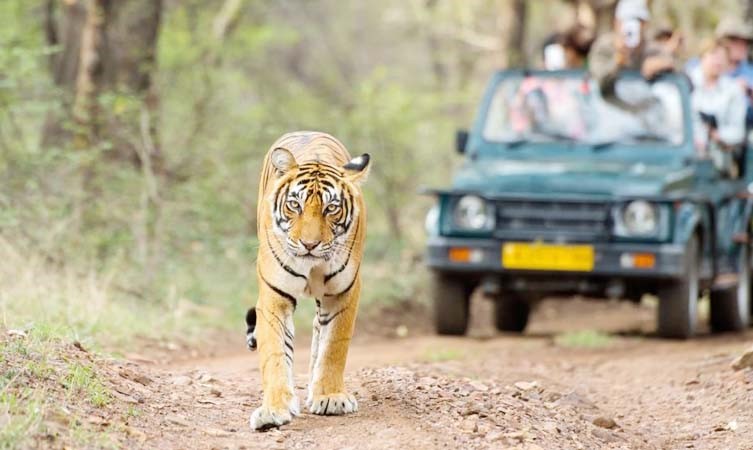Free Courses Sale ends Soon, Get It Now


Free Courses Sale ends Soon, Get It Now



Disclaimer: Copyright infringement not intended.
Context
Highlights
History of Kalagarh Tiger Reserve
Pre-Independence Era
Post-Independence Era
Notification as a Tiger Reserve
Formation of Kalagarh Tiger Reserve
Location
Flora
Fauna
Tiger Conservation
Importance of the Reserve
Challenges and Future Prospects
Conclusion
Kalagarh Tiger Reserve stands as a testament to Uttarakhand's dedication to wildlife conservation. Its diverse flora and fauna, along with its focus on tiger conservation, make it an integral part of India's efforts to preserve its natural heritage. With effective conservation strategies and community support, the reserve has the potential to continue thriving as a safe haven for wildlife and a destination for nature lovers and wildlife enthusiasts.
|
PRACTICE QUESTION Q. Consider the following statements about Kalagarh Tiger Reserve: 1.It was established as a tiger reserve in 2007. 2.Kalagarh Tiger Reserve is located in the state of Rajasthan. 3.It is one of the oldest tiger reserves in India. Which of the statements is/are correct? A) Statements 1 and 2 are correct. B) Statements 1 and 3 are correct. C) Statement 2 only is correct. D) Statements 1, 2, and 3 are incorrect. Answer: D |
© 2024 iasgyan. All right reserved